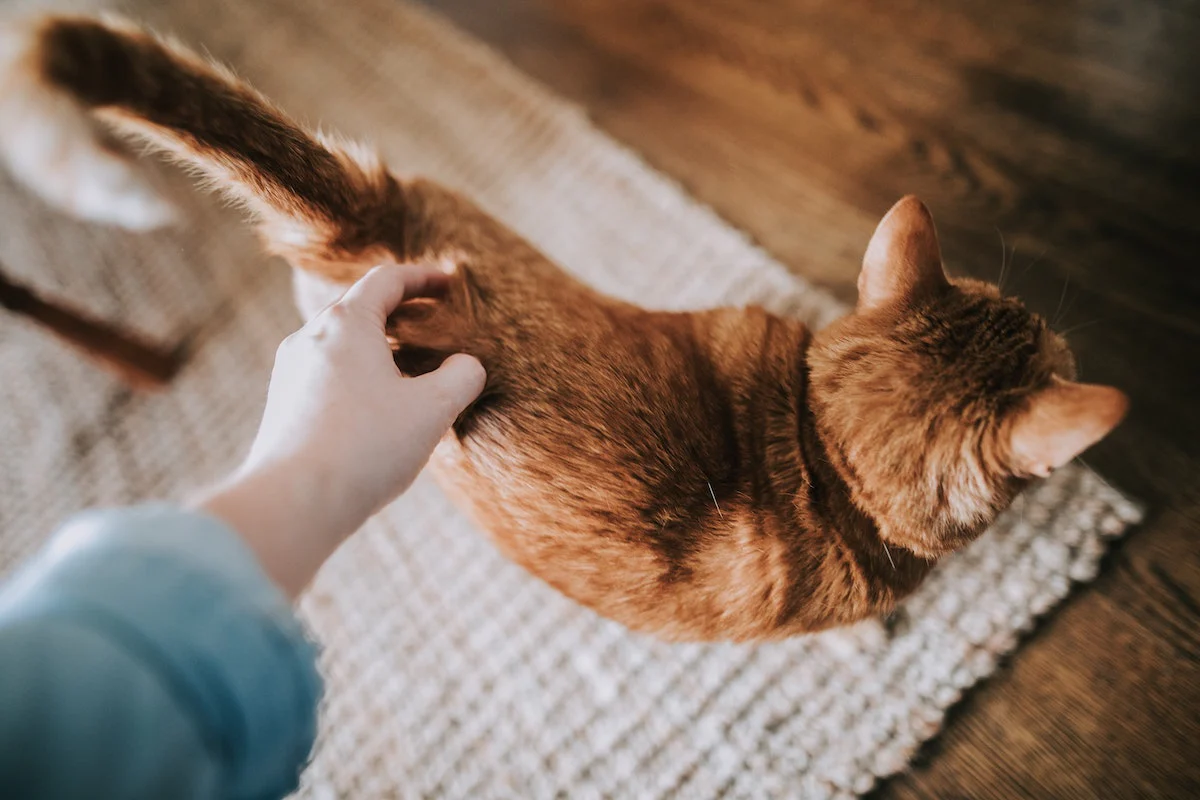Cats are mysterious evolved beings; their behavior can sometimes leave us perplexed. One of these behaviors that frequently befuddle cat owners is, when a cat backs up its rear right up into a person’s face. Although from a human point of view it may appear strange if not downright rude, this behavior has long-standing explanations in feline communication and social dynamics. This article explains why cats engage in this curious behavior and how the behavior makes sense in the animal world.
The Social Structure of Cats
Cats are social predators, but their group structure is different from that of social predator groupings such as lions. By learning their social dynamics we can get a picture of how they act.
- Scent and Scent Communication: Cats are highly reliant on scent. They possess scent glands on the face and near the tail. When cats offer the hind view, they’re allowing individuals who approach them to sniff that part of their body to find their scent, which has information about the individual’s identity, health and sexual status, and mood, notes the study.
- Trust and Affections: Presenting their back can be a sign of trust. In the wild, a cat would show its vulnerable parts to signal that it trusts another animal or person and feels safe. It’s an expression of fondness and belonging.
- Greeting Behavior: Sniffing each other’s rears is among cats’ greetings. This exchanging of odours enables them to share crucial social information, and to keep relationships running.
Instinctual Behaviors
Cats still have many of their wild instincts. These impulses guide their behaviour, even when it comes to domestic affairs.
- Territorial: Cats are territorial by nature. They rub or expose their hindquarters to spread their scent and establish territory. Such behavioral signs confirm them and show to others the proprietorship as well.
- Humans: Since cats greet other cats in this same manner, they are likely just doing so to their humans. They are including us in their social network by sharing their smell so that we all smell the same.
Interpreting the Behavior
As simple as the behavior might appear, there are many ways to read the situation, to take the pet’s personalities into account.
- Attention-seeking: A feline might show its rear to get attention or even pussy-pats from its pet human. This can also be a method of starting engagement or play.
- Relaxation and Safety: If a cat relaxes, it will feel safe enough to express vulnerability. This shows a comfort and happiness.
- Playful or Mischievous Behaviour: Some cats, particularly those who are younger, or have a playful playfullness may approach and start to chew and possibly bite if they are in the mood.
Responding to the Behavior
Being aware of why dogs act this way will help owners to react accordingly.
- Positive Reinforcement: The cat can also start to build trust with the feeder/s that play with them regularly and feed them from time to time as well, the aim of this is to reinforce the bond of cat and human, rewarding the cat for allowing the human to be close to them with treats or gentle petting.
- Redirect Focus: If the behavior is unwelcome, carefully redirect the animal’s focus to a toy or something else to do without scolding (which will only confuse or scare him).
- Respect Personal Space: Respect their personal space because each cat is different. Some are up for a Bonos-style close encounter, while others want more breathing room.
Cultural and Historical Perspectives
Further Insights Into This Behavior The behavior affection toward cats arises from studying the human-cat relationship in various cultures throughout the ages.
- Civilizations: In Ancient Egypt cats were worshiped and even linked to certain deities. Most of their actions were perceived as mystical or divine, even those perform in society.
- Contemporary Usage: Cats have become popular pets in many countries. Cognition of these behaviors enhances human-pet relations and responsible pet ownership.
Scientific Insights
Discoveries are continuing to be made with regard to that most interesting of all subjects: Cats, and how they relate to their environment and their companions.
- How Cats Behave: Researchers analyze the behavior of cats to get a feel for their social structures, means of communication and instincts.
- The Vet’s Perspective: Veterinarians advise on behavioral problems and help owners create a great relationship with their horse.
Conclusion
Contrary to how they may be perceived, a cat depositing its butt in someone’s face is a sign of affection, a caress, a pal’s slap on the back. And when cat owners can know and honor this behavior they can enhance their relationship with their cats, knowing what intricate and loveable creatures they really are. The Language of Cats: Basic Knowledge about cats by Patience and Watch is one step closer to be able to understand the unique language of cats to enrich your cohabitation with these beautiful friends.






